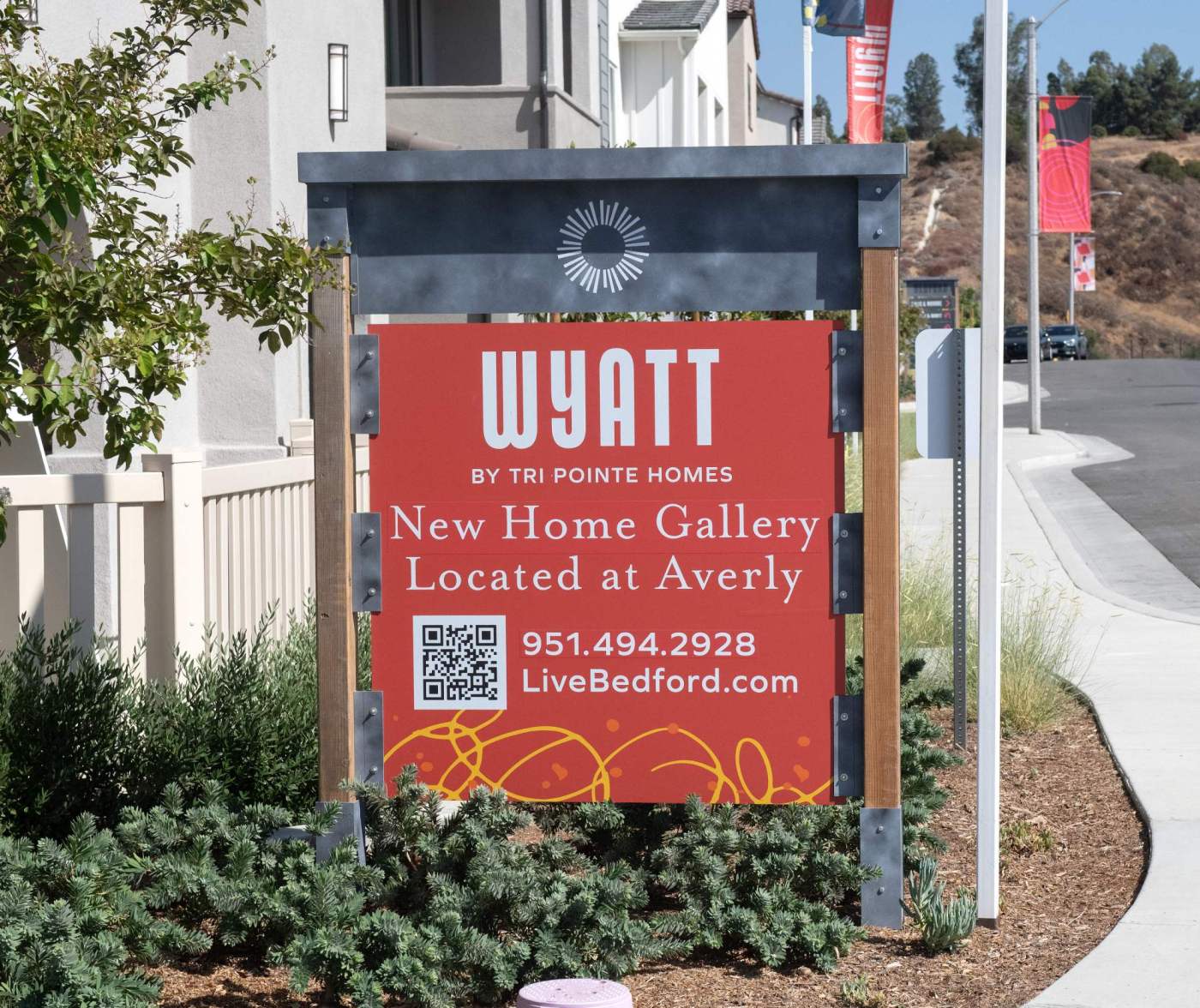New homes are getting smaller as homebuilders look for ways to keep prices in check.
But kitchens are getting bigger.
Those are the key trends in the new housing market, two experts said at the National Association of Real Estate Editors conference this month in New Orleans.
Related Articles
San Jose affordable apartment complex is bought for $60 million-plus
Developer buys Saratoga vineyard where it plans hundreds of homes
PG&E plans San Jose power hub upgrades as economic growth beckons
Real estate empire crumbles as choice San Jose site faces foreclosure
San Jose approves more than $10 million in tax and fee waivers to spur housing construction
“The biggest trend happening now in housing is not the features inside the home. It’s the size of the home,” National Association of Home Builders researcher Rose Quint said.
The median size of a new single-family home last year was 2,146 square feet, recent U.S. Census data show. That’s 300 square feet smaller than a decade ago, and the smallest size for a typical house since 2009. Median new house sizes have declined in six of the past 10 years.
Lot sizes are getting smaller as well, shrinking by a fifth since 2009, to just over 8,500 square feet, according to the census.
The main reason for the shrinkage: unaffordable home prices, Quint said.
“Elevated construction costs are driving builders to try to meet their buyers where they’re at in terms of housing affordability,” she said.
RELATED: New-home sales drop by most since 2022 on poor affordability
Nonetheless, consumers don’t want builders to skimp on the size of kitchens, bathrooms and closets, the homebuilder association’s latest buyer survey shows.
The association sent questionnaires to 3,000 recent and prospective homebuyers, asking them to rank more than 200 home features, from patios to windows and technology.
Asked what part of the home they would shrink to keep prices affordable, buyers “sent us a very clear message,” Quint said.
“They said, take the square footage from the home office and the dining room and the living room. But for God’s sake, stay away from the kitchen, the closets and the bathrooms. Do not touch those spaces,” she said.
Surveys showed further that consumers prefer islands and eating spaces in the kitchen, walk-in pantries, water filters, pull-out shelves, recessed lighting and storage for wine and spices.
And island countertops are getting bigger, added Bill Darcy, chief executive of the National Kitchen & Bath Association, who also addressed housing writers at the NAREE conference.
As dining and living rooms disappear, the kitchen isn’t just for cooking anymore, he said. It’s where children do homework and family members congregate for a variety of tasks.
“It’s the gathering place of the home,” Darcy said.
New home buyers also want both a shower and a tub in their master bathrooms. In high-end homes, they’re adding luxury features like towel warmers and steam rooms.
As for smart-home technology, buyers are most interested in just two key products: smart thermostats and security cameras, including video doorbells.
“They’re leaning on technology to help them do two things: increase the safety of their home … and to more efficiently control the temperature of their homes,” Quint said.
Home sizes aren’t the only thing that’s been shrinking. New home prices have gone down as well.
U.S. new home prices have fallen 12% over the past 2 1/2 years, while existing home prices have gone up 9%, figures from the Federal Reserve Bank of St. Louis and the National Association of Realtors show.
“Five years ago, about 17% was the premium of (buying) a new home over an existing home,” Quint said. “Last year (it was) 3%.”





